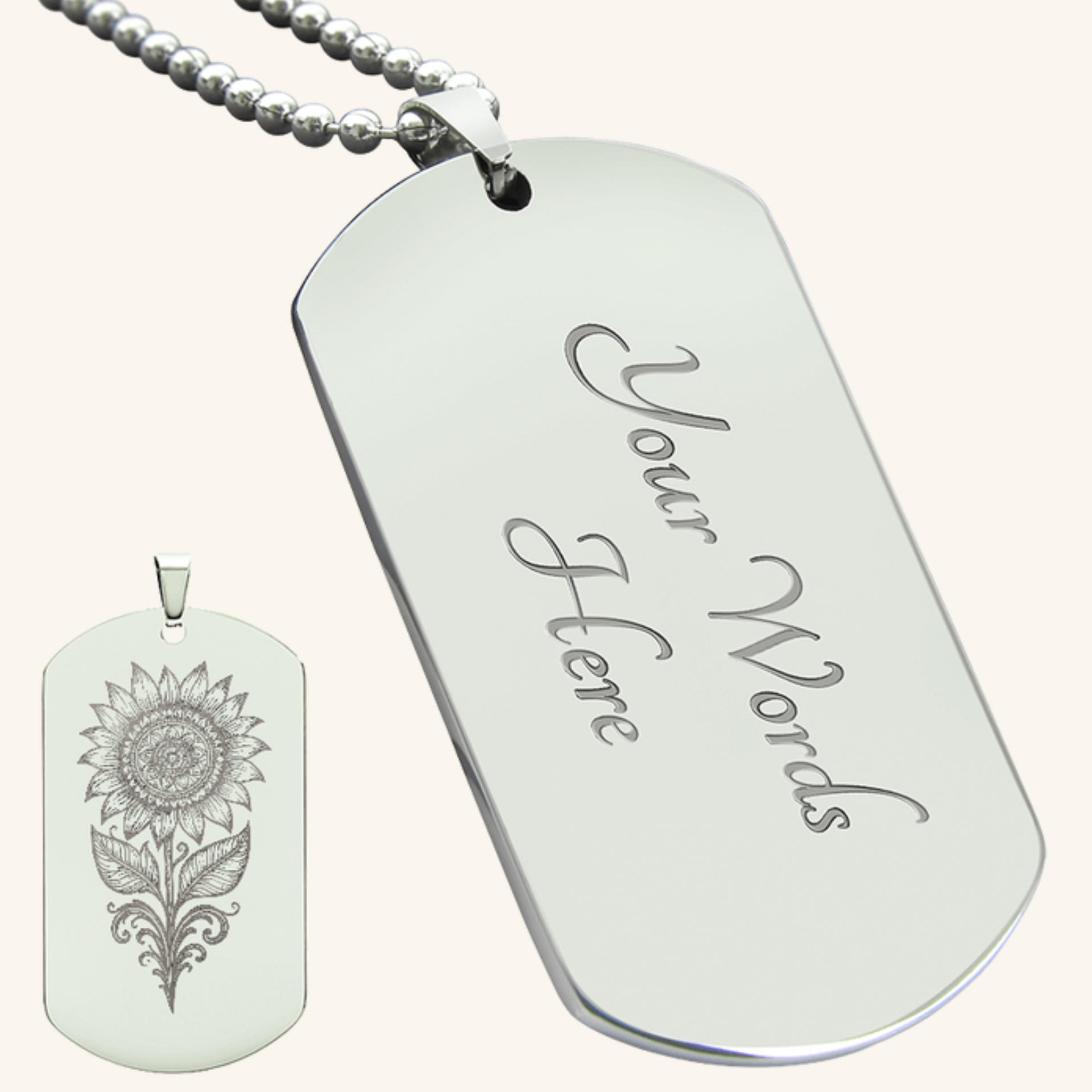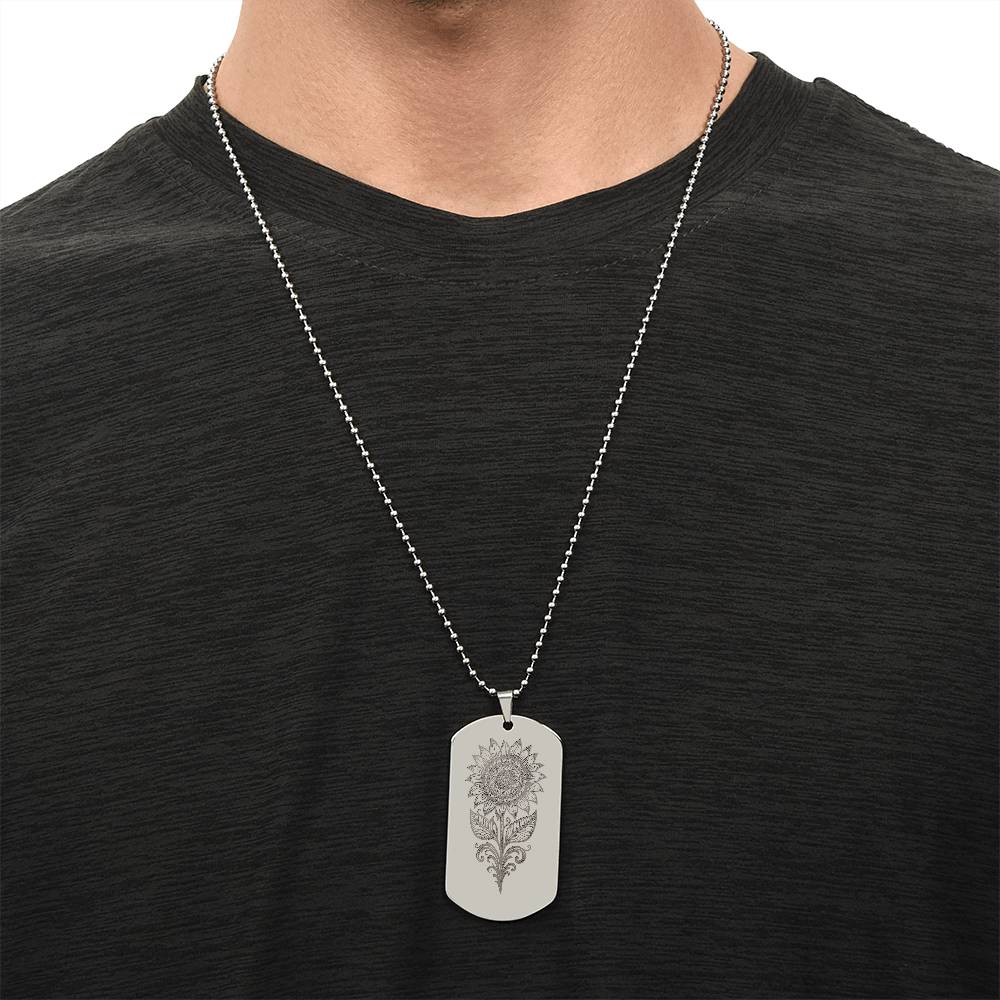Sensory Integration Challenges and Solutions

Written by HeyASD.com Team
On This Page
Frequently asked questions
What are some common signs of sensory integration challenges in daily life?
How can I create a sensory-friendly living space that feels safe and comfortable?
What strategies help in managing sensory overload during busy or noisy situations?
How can caregivers and family members provide effective disability support for sensory needs?
Are there specific types of clothing or fabrics that can help with sensory sensitivities?
What role do sensory tools play in supporting autistic individuals sensory solutions?
How can I recognize when sensory integration challenges are affecting emotional well-being?
What are some gentle ways to introduce new sensory experiences without causing distress?
How can Autism-themed decor or calming blankets contribute to a soothing environment?

About the HeyASD.com Team
Autistic‑owned • Values‑led • Sensory‑friendly design
We are autistic creators, writers, and advocates dedicated to producing resources that are practical, sensory-aware, and grounded in lived experience. Our mission is to make information and products that support the autistic community accessible to everyone, without jargon or condescension. Learn more about our team.
This article is written from lived autistic experience and an evidence-aware perspective. It is for general informational purposes only and should not be taken as medical, legal or therapeutic advice.
Always consult a qualified clinician or occupational therapist for individual needs and circumstances.

About Our ASD Blog
HeyASD is more than a store, it’s a calm, supportive space for autistic adults and the people who care about them. Explore identity-affirming stories, sensory regulation tools, and uplifting resources from our community.
Thank you for reading. We hope these resources bring comfort and clarity.









































